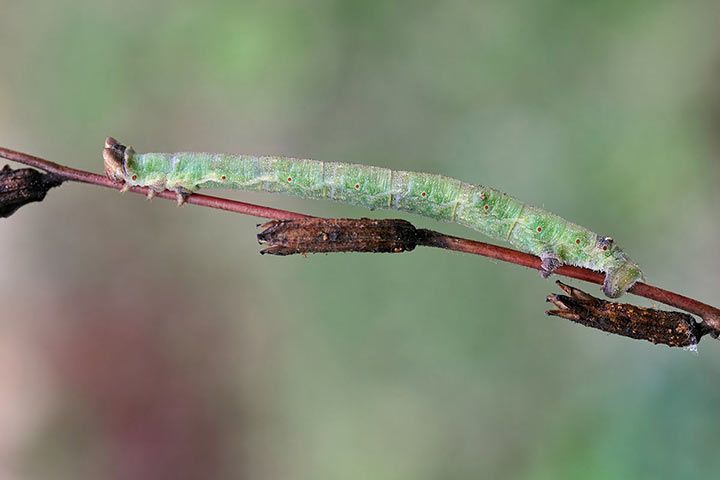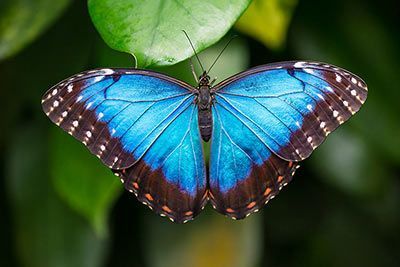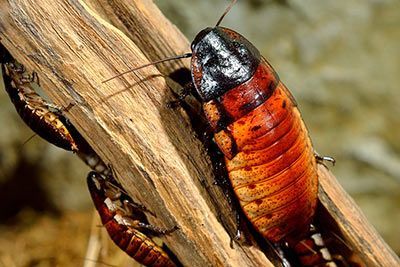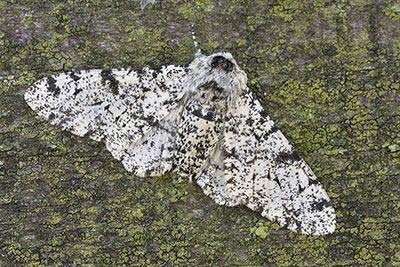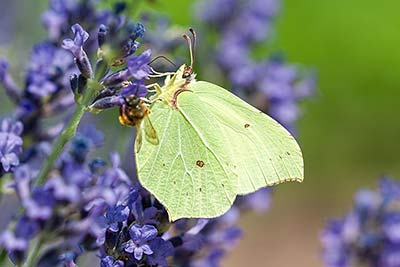Peppered Moth
Peppered Moth Facts
| Size | Up to 2 in (55 mm) (wingspan) |
| Speed | Unknown |
| Weight | Unknown |
| Lifespan | Unknown |
| Food | Leaves |
| Predators | Birds, bats |
| Habitat | Europe, eastern Asia, North America |
| Order | Butterflies |
| Family | Geometer moths |
| Scientific name | Biston betularia |
| Characteristics | Come in white and black |
Main Characteristics
 The peppered moth is a nocturnal butterfly. It flies between May and August. Its caterpillars can be found from August. They pupate in October and then the winter buried in leaf litter or soil. The peppered moth’s habitat is made up of woods, meadows, gardens and parks.
The peppered moth is a nocturnal butterfly. It flies between May and August. Its caterpillars can be found from August. They pupate in October and then the winter buried in leaf litter or soil. The peppered moth’s habitat is made up of woods, meadows, gardens and parks.
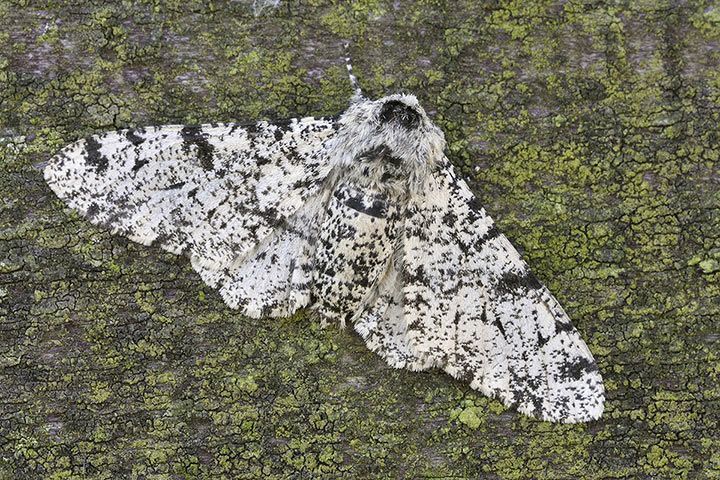
Anatomy and Appearance
How Do Peppered Moths Look Like?
Peppered moths are white with black sprinkles. But some are completely black. The ones that are best at hiding from their predators survive. This is called natural selection. Many animals use camouflage as one of their defense mechanisms, or even their only defense.
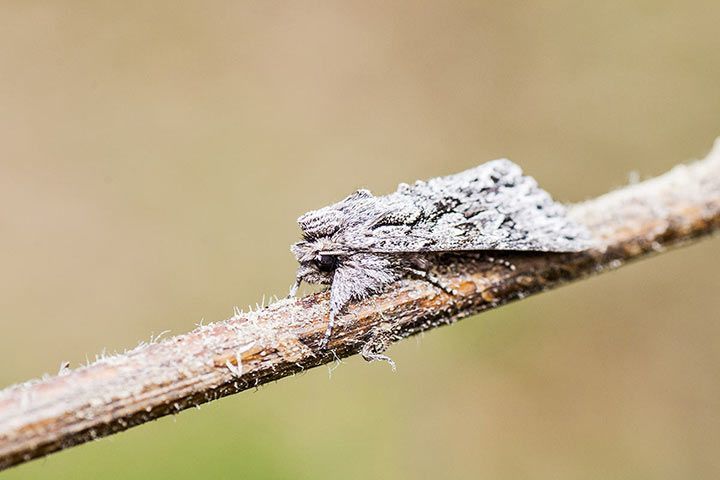
Enemies and Threats
How Do Peppered Moths Camouflage Themselves?
Light peppered moths can be found wherever they can hide themselves best e.g. birch trees.
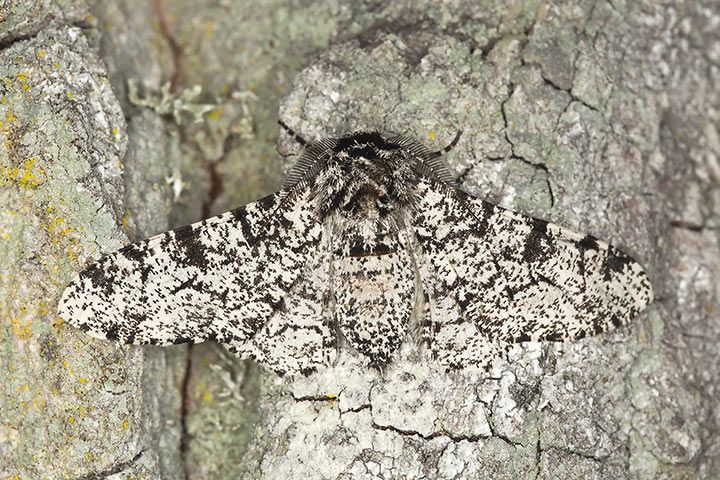
Senses and Abilities
Peppered Moth Can Change Their Colors
Over 200 years ago, industrialization in England caused whole landscapes to be covered in soot, which meant that the trees were darker. The white peppered moths were suddenly more visible on the darker trees and were discovered by predators more easily.
Thankfully, there were some darker moths. They were hard to spot on the darker trees and were able to reproduce rapidly. From then on, there were lots of dark and fewer light peppered moths. So, the predators didn’t run out of food. If there were only light moths, only a few of these animals would have survived and this would have had an effect on other animals.
Diversity is important for the survival of a species. In the meantime, the trees in England are light again. There’s hardly any factory soot to dirty the land. And guess what: there are now more light peppered moths than dark.
These facts were submitted by animalfunfacts.net fan Rosa. Thanks! Do you want to write a fan factsheet?
